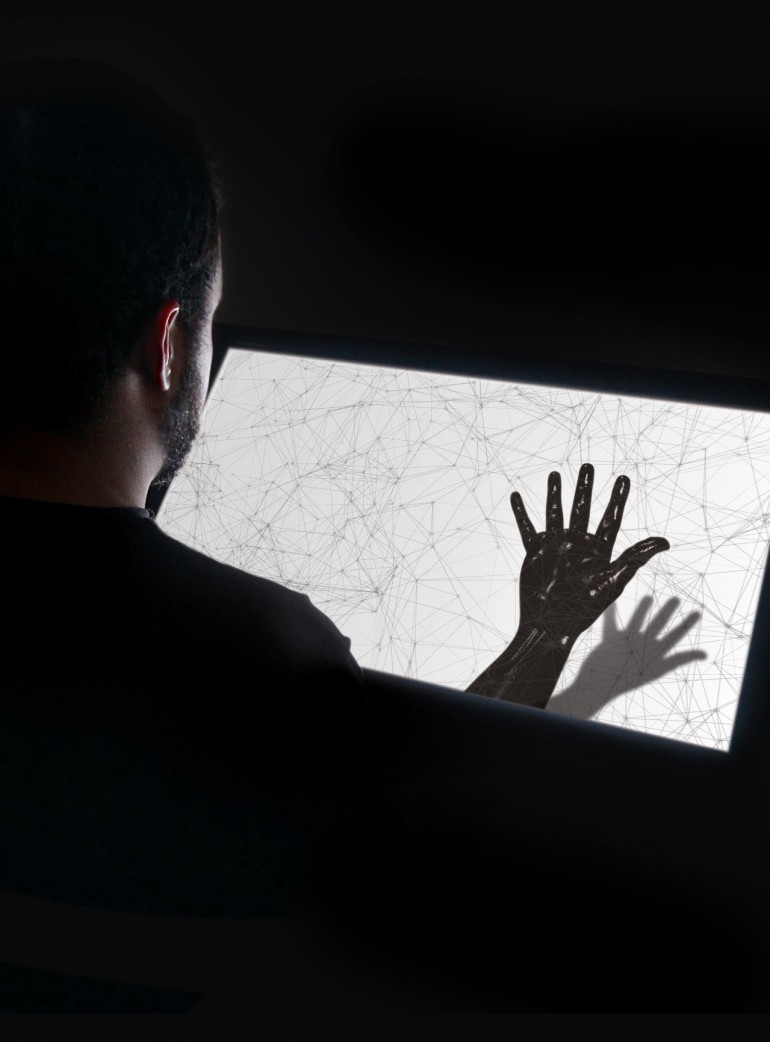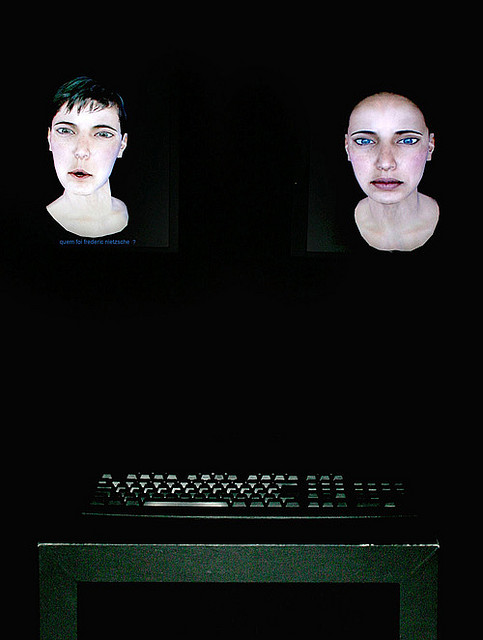
Lu Yang
Delusional Crime and Punishment
Who created life? I think this is the question everyone has been asking themselves since childhood? At least I have many doubts, the subjective feeling of the existence of consciousness allows us to face the world from that source. Why do humans eat like this for energy? Why not get energy in other ways? Why do you need energy to exercise? Why is this so joyful and so painful? What is the need for pain, pleasure, fear, excitement, etc.?Upon careful analysis, it appears that the source of many desires comes from the design of our physical structure. If God designed human beings, why was he designed that way and why was he designed as a biological mechanism for sin and hell? Why do human beings have desires because of such a physical structure and even they don’t understand self-control, they have sins, and they have to go to another hell of punishment system to atone for their sins? Who created this series of systems?





